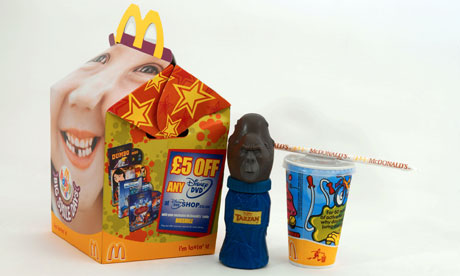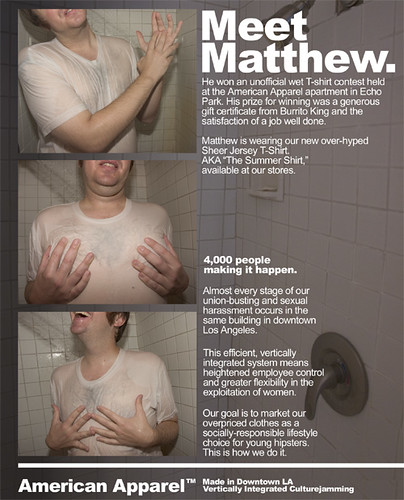My classmate Tatiana Mawani recently blogged about the ethical issue of excessive marketing of unhealthy food, such as McDonald’s, to young children.
It shouldn’t surprise me that McDonald’s is exploiting such a vulnerable market in order to make a profit, and it shouldn’t surprise me that McDonald’s main business goal is not to focus on charitable ventures such as the Ronald McDonald House. After all, McDonald’s is a business, and presumably its business strategy is to make a profit. Nonetheless, many of the points Tatiana highlighted in her post, specifically some of the statistics she stated, came as a huge shock to me.
Perhaps the most astounding fact was that the entire fast food industry “collectively spends over $5 million dollars each day on advertising unhealthy food to children”. In my opinion, this figure seems exceedingly high, and I agree with Tatiana – this carries potentially dangerous implications for children’s health. How could the fast food industry spend such a colossal amount per day on advertising?
And then it clicked.
In addition to the traditional advertisements produced by fast food companies, such as the “Fry Kids” commercial Tatiana mentioned, most companies use other techniques to market their products to children; namely using toys to advertise.

Source: theguardian.com
Think back to when you were a kid – buying a Happy Meal from McDonalds wasn’t just about the meal. There was always a cool collectible toy which was only offered for a limited time, and buying enough meals meant you could collect the complete, coveted set. By offering toys and other promotions (such as McDonald’s partnership with the popular family game Monopoly) in conjunction with the food, McDonald’s was marketing to children without explicitly doing so.
The marketing strategies McDonald’s employs are undoubtedly effective – but in my opinion, several tactics are extremely unethical.

Recent Comments